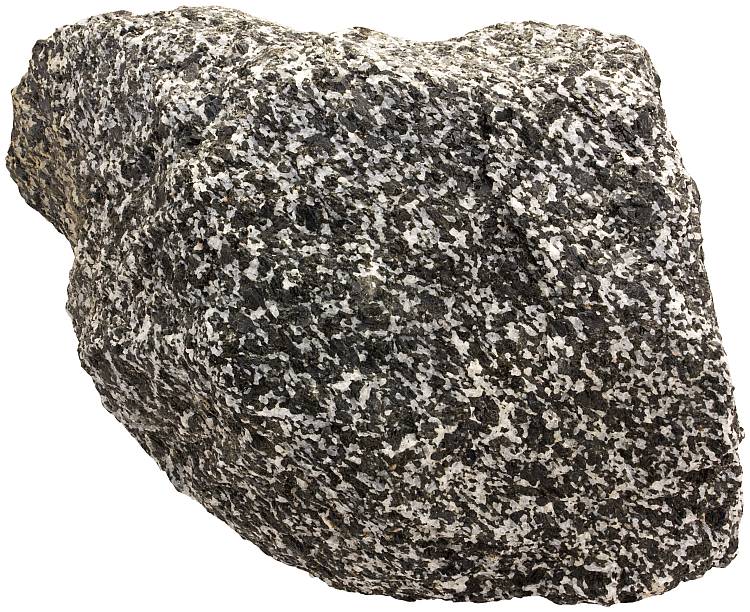Amphiboles are elongated and generally dark-colored silicate minerals. Amphiboles are both structurally and compositionally similar to pyroxenes (other large group of silicate minerals). Both amphiboles and pyroxenes are very important rock forming minerals. However, their presence in sand is generally much smaller than one would assume. Amphiboles weather pretty easily (although not as rapidly as pyroxenes).

This is amphibole arfvedsonite from Greenland (Ilimaussaq intrusion). Second grain in the upper row demonstrates strong luster and third grain shows typical cleavage striations. The width of the view is 15 mm.
The composition of amphiboles is quite complicated. It is complicated because of numerous possible replacements of ions in several different sites in the crystal structure.
Amphiboles are common constituents of many igneous (diorite, andesite, some granites) and metamorphic (mostly amphibolite) rocks.
Most common amphibole is hornblende. This mineral has no definite composition either. It is therefore also divided into several minerals. However, these subdivisions are not important here because the identification of them is impossible without pretty sophisticated and very expensive analytical tools.

Amphibolite is a very common rock where amphiboles as the name suggests are key ingredients. Amphiboles in amphibolite are mostly hornblende. White mineral is plagioclase. Senja, Norway. Width of sample 9 cm.
How to identify amphiboles? They are generally black or dark green. Sand grains made of amphibole are usually elongated. They may have vertical striation (sign of a cleavage). There are actually two cleavage planes but the chance to see both of them when dealing with sand grains is not too high. Amphiboles usually have strong luster which distincts them from pyroxenes which are usually duller black or green.
Mineral besides pyroxenes that could easily get misidentified as amphibole is black tourmaline (schorl) and black spinel. They are not nearly as common in rocks but as sand grains they are much more resistant. Tourmaline has very strong pleochroism and it is often brownish. Spinel grains very often have smooth spots with intense luster that resemble volcanic glass. Amphiboles have no such feature. Spinel and tourmaline are also often rounded because usually they have been sand components for a long time. Amphiboles, however, tend to be more often prismatic. They are generally younger because they simply won’t last as long.
Leave a Reply